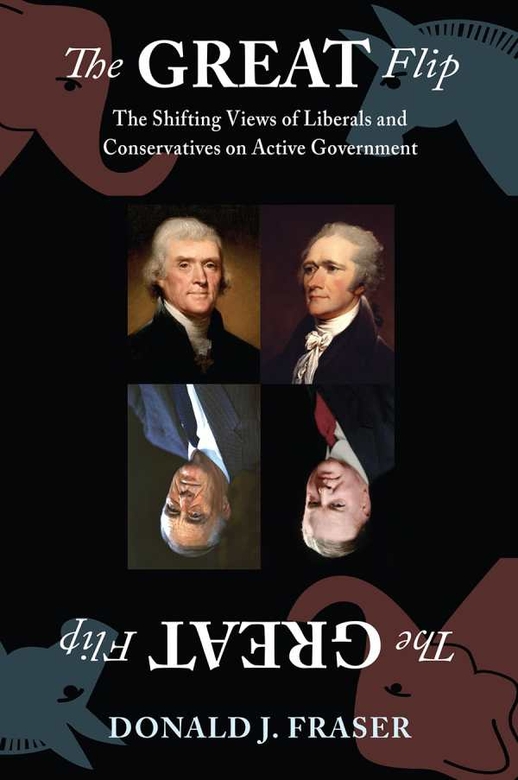
Excavating an often overlooked but massively significant change in American political consciousness, The Great Flip by Donald J. Fraser is a brilliant examination of how the United States became so divided. The timeless dialectic of minimal government and individual capability vs. big government and collective responsibility is the foundation of American partisanship, and the crux of this meticulously crafted text.
The modern political landscape has turned into a battleground over the intended ideals of the founders 250 years ago, and this book brings readers back into the conversations, conflicts, and watershed moments that are still being referenced as precedent today. The decisive turn in political ideology upon which this book is based occurred with FDR and his New Deal policies, which pulled America out of the Great Depression, and simultaneously demonstrated the value of an active government. Since then, Republicans have argued for shrinking the government, reducing regulations, and allowing for more “freedom,” while Democrats have defended governmental capacity for boosting the quality of life for the American people.
Many people may be entirely ignorant of the fact that such a titular flip has even happened over the course of American history, but the proof and progression of that shift is examined with diligent care in this impressive and eye-opening book. For political junkies and students of American history, some of Fraser’s content will be well-known, but the depth of research and poignantly chosen references and quotes will shed fresh light for even the most veteran of history buffs.
Lay readers, on the other hand, are unlikely to know that Thomas Jefferson, the founder of the Democratic party, was in fact opposed to an active and involved government, which is antithetical to the core of liberalism for the past 80 years. An entire course could be taught on Chapter 2 alone, along with the division of beliefs upheld by Hamilton and Jefferson, while the revelations of Chapter 5 provide direct insight into the diminishing trends in federal power today.
Understanding how the two decision-making players in a two-party system flip-flopped on their most fundamental tenet is critical to understanding politics today, and Fraser is a patient educator, while never showing bias, which is crucial. Importantly, the book is not a stuffy academic text reciting streams of dates and names and sequential events that compose some overarching thesis; Fraser is a consummate storyteller, bringing the past into sharp focus, and drawing conclusions about human nature and the American way that will resonate for readers in every corner of this country, regardless of political allegiance. Instead of a political tract, this is an objective exploration of individualism and republicanism, which can be appreciated by both sides of the aisle.
From a technical perspective, the book is nearly spotless, with barely a missed comma to speak of, and the flow of language is entrancingly smooth. Despite the occasionally dense passage of quoted material, or an explanation that slips into overly detailed weeds, the reading experience is immensely enjoyable, enlightening, and accessible, even for casual readers seeking basic insight into the circus of American politics today. The end result is a masterful review of what has made us tick as a nation across generations, from opposite sides of social upheaval and political evolution.
Book Links
STAR RATING
Design
Content
Editing
Get an Editorial Review | Get Amazon Sales & Reviews | Get Edited | Publish Your Book | Enter the SPR Book Awards | Other Marketing Services



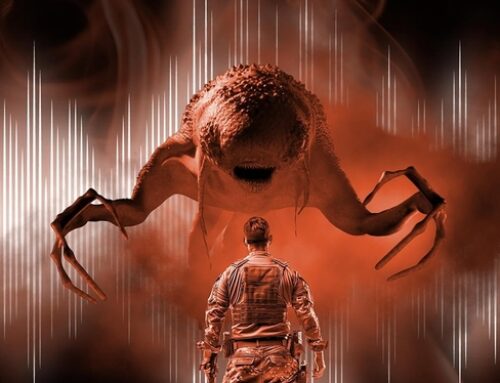
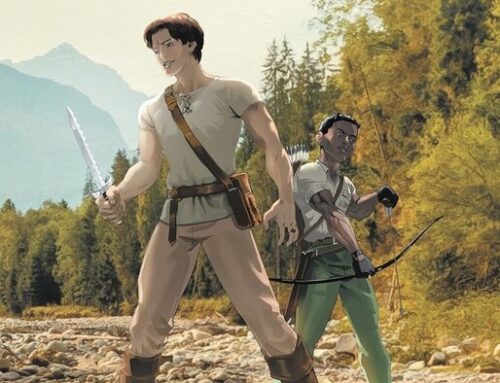
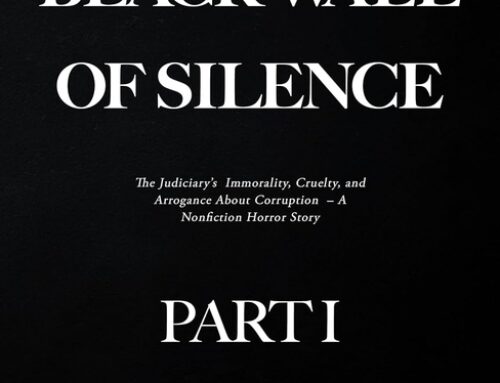
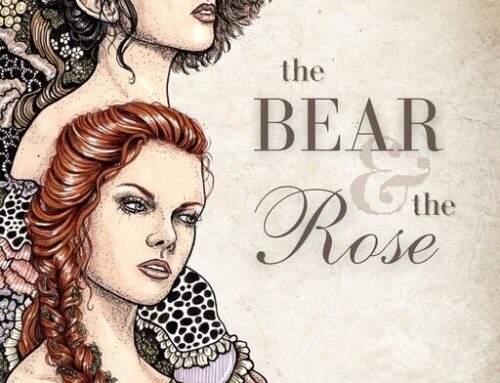
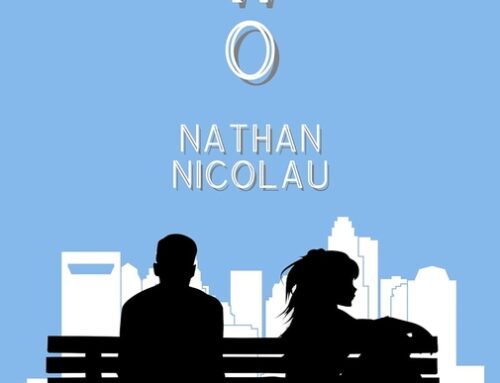















Leave A Comment